
And always! Seriously, shut up you stupid bird, shut up! I need earplugs just for YOU!
Grr... quiet! QUIET!
Birds don't listen...
Grr... quiet! QUIET!
Birds don't listen...
Category Photography / Animal related (non-anthro)
Species Hawk
Size 1280 x 853px
File Size 111 kB
Listed in Folders
what I found on this subject, as Im no specialist in this matter, was....
"A bird’s mouth is a straight-forward affair. It is comprised of the upper and lower palate, the tongue, an opening to the trachea and another to the esophagus. The upper mandible has a slit down the middle which runs from the front of the beak to the back. This slit, called the choana, creates a cleft palate which can be found in all bird’s mouths. The back section of the upper palate has a slight depression which corresponds to the shape of the tongue, while the lower palate, lined with a soft mucous membrane, cradles the tongue.
The tongues of birds come in an amazing variety of shapes and sizes. The woodpecker is just one example, and its tongue, with respect to bill size, is the longest in the bird kingdom. In some woodpeckers, the tongue is four times longer than the beak. In order to accommodate this extreme length, the tongue actually curls around the outside of the woodpecker’s skull. The tip is coated with barbs that, along with the length, helps the woodpecker extract insects from crevices deep within trees."
Also, more info here, lots more! http://www.dvrconline.org/raptoradapt.html#Beaks
"A bird’s mouth is a straight-forward affair. It is comprised of the upper and lower palate, the tongue, an opening to the trachea and another to the esophagus. The upper mandible has a slit down the middle which runs from the front of the beak to the back. This slit, called the choana, creates a cleft palate which can be found in all bird’s mouths. The back section of the upper palate has a slight depression which corresponds to the shape of the tongue, while the lower palate, lined with a soft mucous membrane, cradles the tongue.
The tongues of birds come in an amazing variety of shapes and sizes. The woodpecker is just one example, and its tongue, with respect to bill size, is the longest in the bird kingdom. In some woodpeckers, the tongue is four times longer than the beak. In order to accommodate this extreme length, the tongue actually curls around the outside of the woodpecker’s skull. The tip is coated with barbs that, along with the length, helps the woodpecker extract insects from crevices deep within trees."
Also, more info here, lots more! http://www.dvrconline.org/raptoradapt.html#Beaks

 FA+
FA+







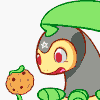
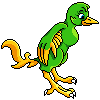

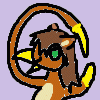
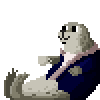


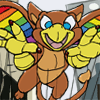
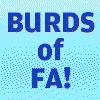
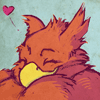
Comments